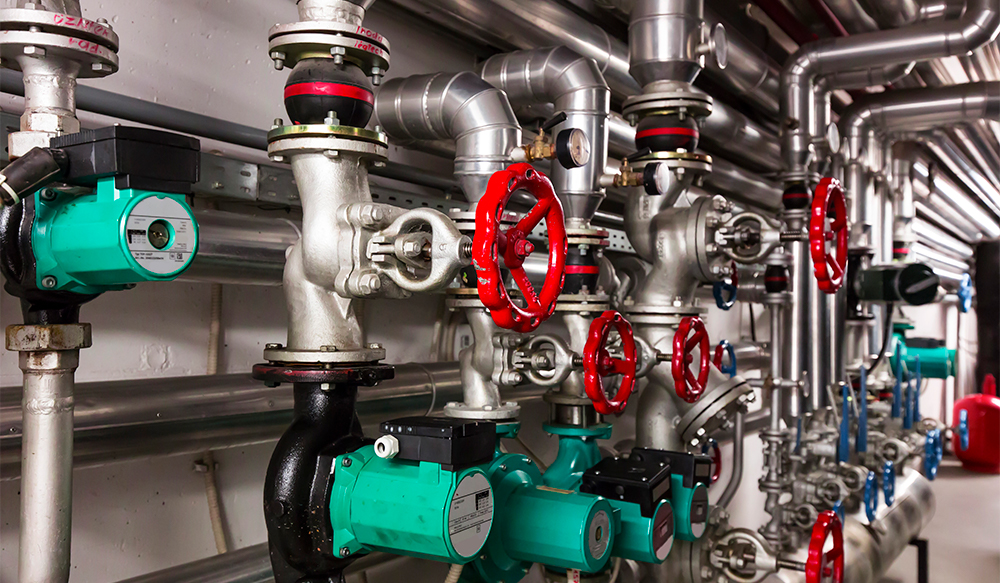
In the piping industry, your money is burning up with every extra second you spend on installation. And if you have to stop production to repair pipes or make upgrades, it can cost your company billions of dollars and hours of manpower.
Luckily, there are some simple tricks that can help you cut down installation time and save money. Here are three pipe support installation tips to use on your next project:
1. Cut Welding Out of Your Next Pipe Support Installation Project
Welding is nothing short of miraculous when you have to do it. But if you want to save time and money, you should look for ways to reduce welding when it’s possible. Here’s why less welding during installation means more cash and production time later on:
- Less specialized labor: Welding requires special treatment and labor. And it can lead to an expensive installation process. Worse yet, welding generally comes with a need for costly and time-consuming weld inspections. Essentially, anytime you weld, it could carry a hefty price tag that includes ongoing maintenance costs.
- Less corrosion: Unfortunately, welded spots can be especially vulnerable to corrosion. Anytime you cut into pipes, you’re compromising them. And welded spots can also be susceptible to hazards, such as chloride stress corrosion cracking, that cause destruction down the line.
- More flexibility: When you weld a support directly to a pipe, it won’t budge without major changes. This becomes a problem if you need to replace a support or remove a part to clean under the insulation. In either case, it’s a big advantage to have a pipe support that is free and adjustable.
So you may be wondering, “How do I reduce welding in my system?” You have a few installation options that are less known:
Use Epoxy
When some people hear the word “epoxy,” their minds may form images of regular household glue. That’s not what we’re talking about here. Manufacturers can use extremely strong epoxy adhesives to fix supports to pipes or structures. In fact, this type of adhesive is so strong that it’s used in the aerospace industry. Rather than welding, installers can use epoxy to secure pipe supports such as composite pipe shoes, flat plates, or wear pads.
Use Composite Pipe Supports
Composites are also often misunderstood. Many assume that because they’re less rigid, they aren’t as strong as metal. But composite pipe supports are actually extremely durable. And because they aren’t metal, they’re noncorrosive. That’s why installing supports such as CryoTek Pipe Shoes or ProTek Composite Pipe Shoes can save time and money in the long run.
2. Be Cautious When You’re Combining Metals
If your piping system is better off with metallic materials, there are still ways to save during installation. Most importantly, installers should pay attention to which metals they’re using and how they’re pairing them up.
Metal-on-metal contact can lead to several problems. First, it could kick off galvanic corrosion if the metals are dissimilar. Second, installing metal supports against bare rough surfaces without a protective buffer can destroy pipes. When abrasive surfaces rub against one another, the outer level of the metal can wear down. That leaves little scrapes and crevices, where corrosive materials can slide in and eat away metal.
In the long run, avoiding direct metal-on-metal contact during installation can prevent ruptured pipes, corroded parts, and hours of extra work down the line.
3. Watch Out for Installation Mistakes
Equipment failure is one of the leading causes of oil and gas pipeline failures and incidents. That’s why it pays to watch for signs of installation mishaps. Here are some things to pay attention to:
- Vibrations: If your system is making excess rattling and noise, it could be a sign that your supports are loose. In some cases, pipe supports could snap, causing a domino effect of breakdowns throughout your whole piping system.
- Sagging pipes: If you notice excess sagging, it could indicate the supports aren’t properly installed. Saggy pipes are vulnerable to ruptures that can cause costly and time-consuming damage.
- Loose bolts: Keep an eye out for unsecured bolts. If you don’t install bolts right the first time, they could come loose or unhinged. Especially in high-performance piping systems, that can lead to larger breaks and costly repairs.
Brush Up on Your Pipe Support Know-How
Overall, paying a little more attention during the installation process can save hours of work later on. That means taking a proactive approach to stopping corrosion, wear, and long-term damage.
It also means picking out pipe supports that increase the life span of your piping system. Want to learn more about some of the most effective supports out there? Read our Complete Guide to Pipe Shoes now.






